If robots have a choice, I don't know if they want to be made by humans. After all, although robots are carrying heavy objects, doing investigations, serving dishes and washing dishes, and want to take care of the tedious tasks of human beings, they are considered too cumbersome and inflexible. And if it is too flexible and smart, it will be judged to make people fearful. Some people are afraid that they will be attacked by robots in the next second.
Of course, if the robot can really make a choice, it will be even more frightening.
In this era when robots become stronger and make people feel flustered, there are people who hope that people can help robots become stronger, and they must use robots to eliminate the loneliness behind humans. Not only to eliminate the loneliness of humans, but also to eliminate the loneliness of the supporters behind the robot.
In this robot restaurant, the waiters are all human
It may be because of the serious aging that Japan's attitude towards robots is much more relaxed. Although less than every household can accept robots and treat them as family members, Japan's acceptance of robots is far higher than other countries.
An obvious example is that other countries' film and television works on robots are "Love, Death and Robots" and "I, Robot", while Japanese film and television works are "My Robot Girlfriend" and "Master Robot". The former is keen to imagine the threat of robots to humans in the future world, while the latter wants to work hard to reconstruct the relationship between humans and robots. The body may be a machine, but the emotions belong to humans.
The uncle disguised as a robot went to the toilet and shocked the people around him. Picture from: "Uncle Robot"
The cafe that just opened in Tokyo in June this year is the best example of "machine body, human heart". This is the result of the project of Avatar Robot Cafe DAWNver.beta. We can also call this cafe the Avatar Cafe.
One of the characteristics of Avatar Cafe is the robot waiter, but unlike other robot cafes/restaurants, its waiters are all controlled by humans.
Although the robot itself has an operating system, humans give orders and the robot completes its tasks. But usually several robots are controlled by one person, and commands are given through the system. The difference of the Avatar Cafe is that the controller behind each robot is a real person, and the exclusive operator of this robot is called the "pilot."
The person lying in the hospital bed is the ``pilot'' behind the robot
An important reason why these "pilots" need to provide services through robots is that they cannot provide coffee services on site. They come from all over Japan. Most of them suffer from diseases such as amyotrophic lateral sclerosis and spinal muscular atrophy. They have limited mobility and are disabled people who have difficulty getting out of their homes.
With Avatar Robot Restaurant, "pilots" can work from home. By home, hospital far programmable system robot, "pilots" can also provide services to customers at the cafe line. A patient with amyotrophic lateral sclerosis who works at Avatar has also worked as a barista. He can even input data into a computer to provide customized services to make coffee according to customers' preferences.
These robots are 120 cm tall, and the "pilots" can control the computer by moving their eyes and fingertips to control the robot OriHime-D. The robot has a built-in speaker, through which the "pilot" can talk to the guests. Even the "pilot" who cannot speak can also use the artificial voice service to speak.
Promotional poster of Avatar Cafe
Through OriHime-D, people with limited mobility can also see the guests’ movements and expressions at home, and then feed back the voice service from a human perspective. They can even convey their thoughts through the emojis on the robot’s "face" and body movements. Have physical communication with customers.
Before the opening of this coffee shop, the founder of the robot maker Ory Laboratories had long dreamed of using his robot to help people with disabilities work. Therefore, before the Avatar Cafe received enough crowdfunding funds, he was trying to promote the mobile robot OriHime-D to enter more restaurants to provide services.
Cafe picture
A reporter from the Japan Mainichi Shimbun once went to a local burger restaurant to experience OriHime-D's service. The service behind it was a 24-year-old girl suffering from spinal muscular atrophy. The other party said that she often provides services to elderly customers who are not adapted to the mobile Internet era, and she can introduce them how to buy and how to pay according to the habits of the elderly.
When the elderly feel inconvenient in this cashless coffee shop, it is the people behind the machine who provide the service. If they have been unable to complete the self-service payment, OriHime-D’s eyes will light up green-this means that the pilot is providing services: "You can try to deflect the bar code to the right to make it easier for the machine to read."
Robots providing services at the cash register
She will also make product recommendations from a personal perspective, whether it is based on age or gender, or based on solar terms, these are all subjective recommendations for planting grass. From this perspective, OriHime-D is a robot that "does not need" artificial intelligence, because these are replaced by the pilot behind it.
"Replace" robots with humans and become rigidly needed
Robots were born to do high-risk jobs or do things that humans can’t reach. The original intention of robots was to help humans.
Most of the robot application cases we have seen belong to the field of heavy industry. They carry heavy objects, cut materials, and assemble components. And the most common ones around are the service robots in restaurants, and the sweeping robots at home.
As one of the robots, OriHime-D also undertakes the mission of doing things that humans can't reach. It is difficult to use one person as a spokesperson for the disabled, at least in terms of cost control, this is not a cost-effective business.
The existence of robots makes it possible for these people to be hired. Even though there are more cases that can be used for marketing promotion, it is also very helpful for people who can't get out of the house. Yoshitomi Taro, the initiator of the Avatar Cafe project and the creator of the robot, said:
Of course, there is a possibility of failure at the beginning, but all we have to do is find the cause and improve it. My ultimate goal is to create a hopeful society for people who use wheelchairs or are bedridden due to illness, where they can work and serve others. I want to use this cafe as an opportunity to make cooperation with virtual robots an option for society.
OriHime-D in service
Yoshitoto Taro was often unable to go to school because of illness when he was young, and it was difficult to integrate into the school after he recovered. His inability to communicate with others was his long-term experience. These special experiences made him hope that he could "eliminate loneliness." When he was in college, he therefore proposed the idea of communicating with people through robots, but the deeper and deeper his understanding of artificial intelligence, the more he felt that he was looking for the wrong direction.
In his view, it must be humans, not computer programs, that can reduce the loneliness of others. So he began to connect the lonely and trapped people with ordinary people, allowing them to communicate and create new memories.
In this process, the people behind the robot can communicate with people. They don't need to be trapped in a room of several square meters, and load on the robot to go to work and service. The people being served can also communicate with others. They don't have to face the artificial intelligence and standard templates that answer the questions, because there are real human attendants behind the robots.
Looks like a robot waiter, but actually humans are providing services
China also has similar public welfare platforms for the visually impaired. When the visually impaired encounters difficulties, they can upload the platform for help by taking photos and other methods. People who are not visually impaired can use their eyes and voice to help the visually impaired in 1-2 minutes. In this link, the visually impaired people do not rely on automatic recognition algorithms, but on the connection, help, and communication between people.
This kind of person-to-person communication is probably more important as you think. We introduced in "Anyone Afraid of Being Killed by Robots, Only Japanese" that Japanese nursing homes will purchase certain robots to accompany the elderly. This is true, but beyond that, what Japanese old people still need is love from humans. Robot scholar Marketta Niemelä said:
When I was investigating in Japan, I found that Japanese elderly care institutions rarely purchase a large amount of robotic equipment. On the contrary, people need more care from human beings.
Before the humorous and charming artificial intelligence systems like "Her" have been produced, the world may need more OriHime-D to help the two humans communicate, helping both the server and the served. .
The male protagonist in the movie is in love with artificial intelligence through headphones. Picture from: "Her"
Return to the essence of robots and serve humanity
There is a well-known person in the group that meets the requirements for the use of OriHime-D, and that is Hawking. Also suffering from amyotrophic lateral sclerosis, Hawking’s work tools are made by the world’s top technology companies. Apple provides facial recognition and eye tracking technology for his wheelchair, Microsoft provides computer systems, and Intel provides A supplementary context awareness toolkit.
But there is only one person in this predicament, Hawking, onlookers marvel at his smart brain, and smart people provide tools to help him continue his research. It is normal for other people in this situation to be ignored. Even if there is an ice bucket challenge for fundraising purposes, it is still difficult for the neglected to get practical help, and it is difficult for them to prove their worth.
The technical support of Hawking wheelchairs is the major technology companies
Robots like OriHime-D may not be as powerful as Hawking's wheelchair, but he brings hope to more sick people.
Through these seemingly stupid robots, it is possible to "go out" to work and communicate with people normally. These initial projects may become one of the selling points of commercial stores, just like small shops like "Bear Claw Coffee", but if you stick to it, this may be a normal future.
Paralyzed runner Adam Gorlitsky can challenge the marathon with the help of exoskeleton; paralyzed patients can use brain-computer interfaces to make up for their own mechanism defects; visually impaired people can also quickly adapt to the Internet world through auxiliary functions such as narration.
Paralyzed runner Adam Gorlitsky broke the world record with the help of exoskeleton
Whether it is a robot or an exoskeleton, these technologies have been given to help human use at the beginning. In today's social progress, the existence of similar technologies may help more neglected niche groups, giving them more opportunities and future.
While Boston Robot Dog and Virgin Atlantic are exploring commercial technology and the boundaries of the universe, there are still people using robots to serve the neglected people, and they want to use robots to help people who cannot move to establish more communication connections. When people are worried about the negative impact of the development of technology, the existence of robots such as OriHime-D still brings people peace of mind and hope.

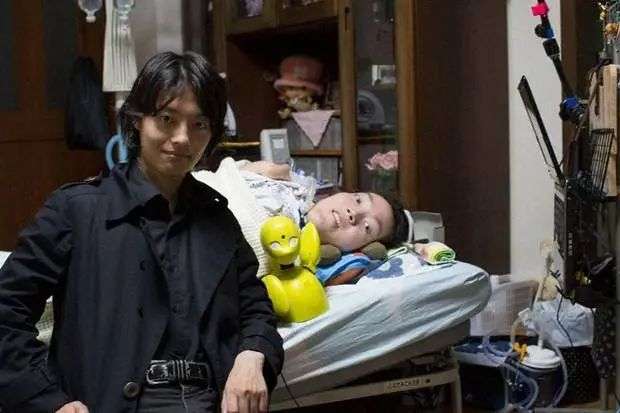
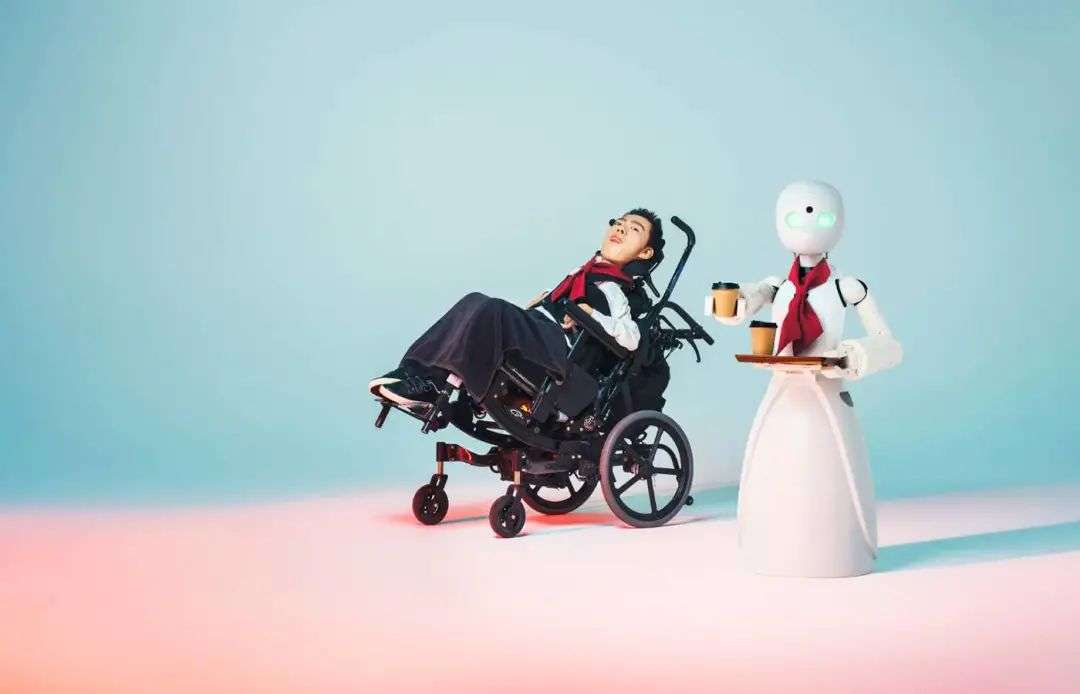

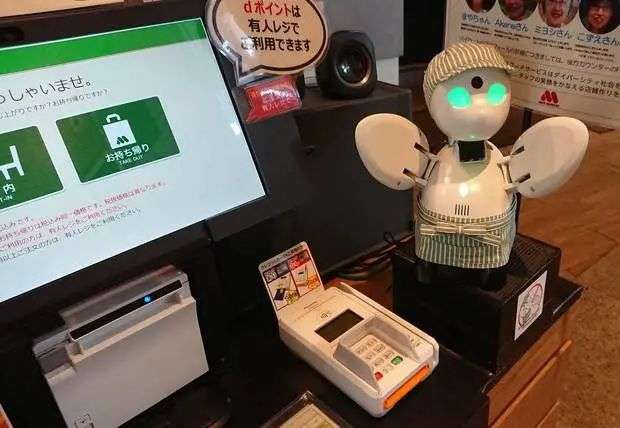
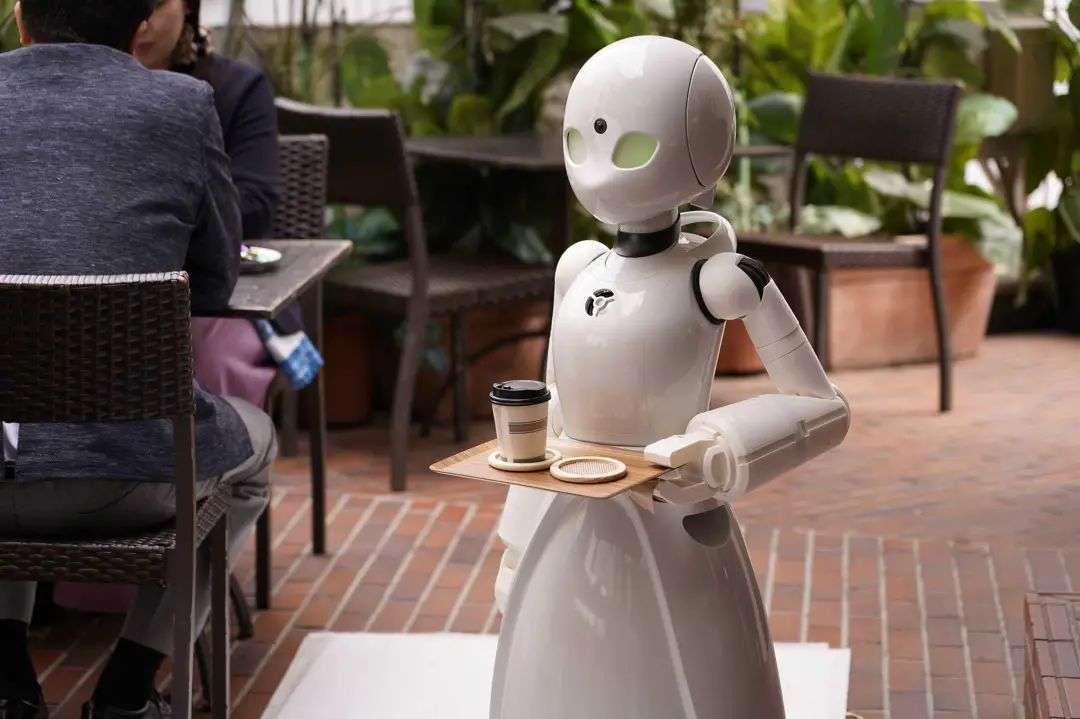
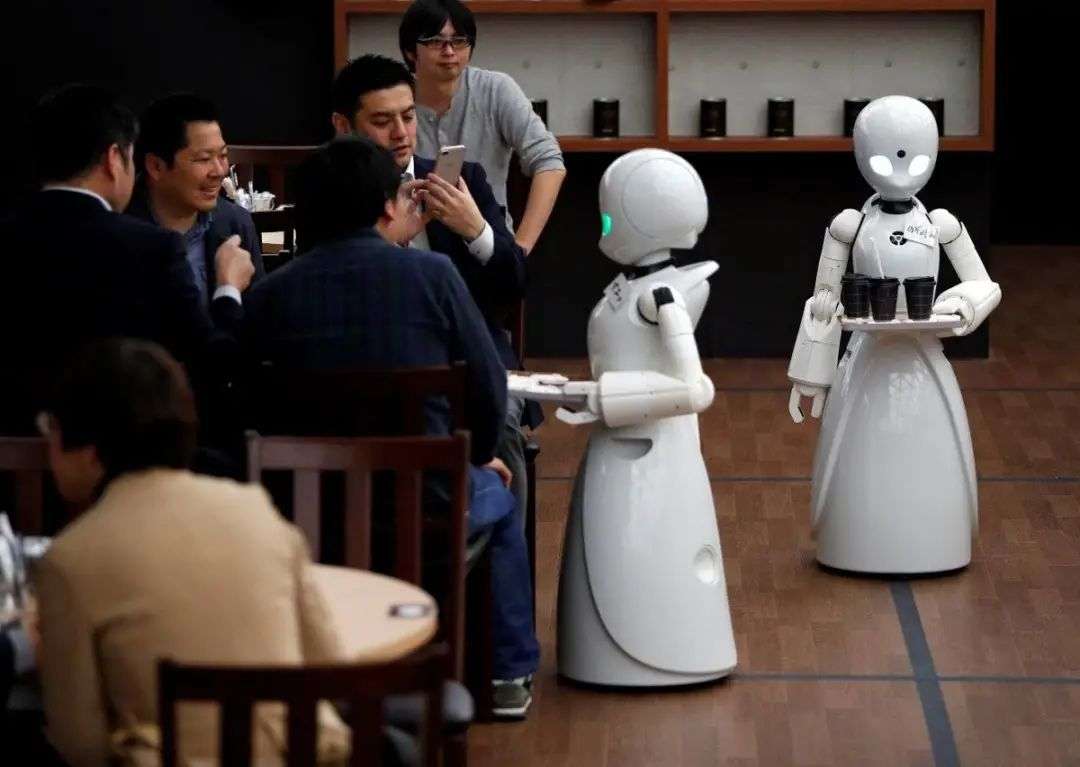
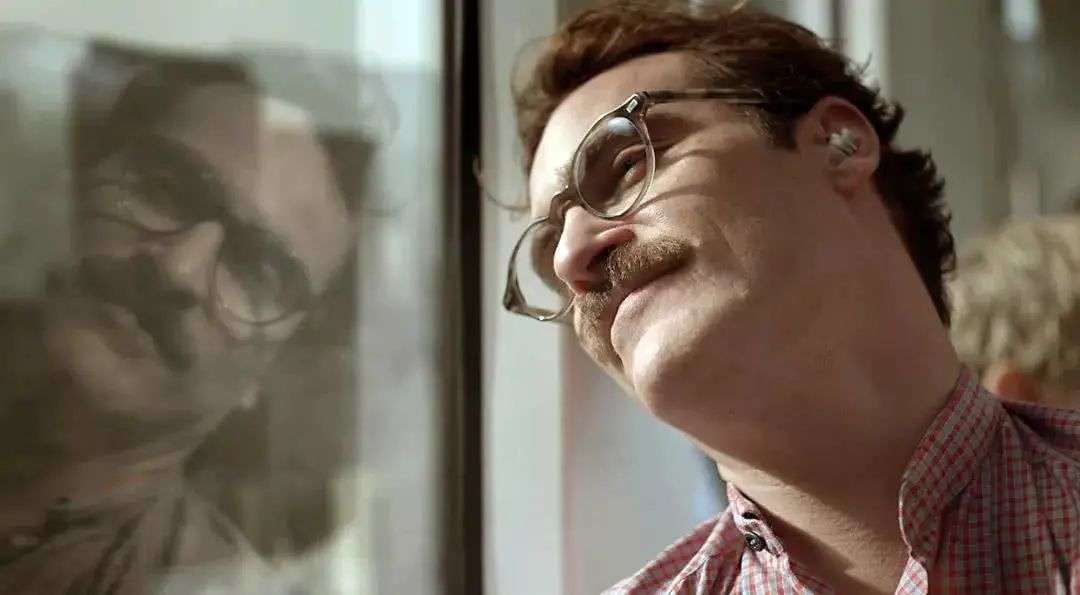
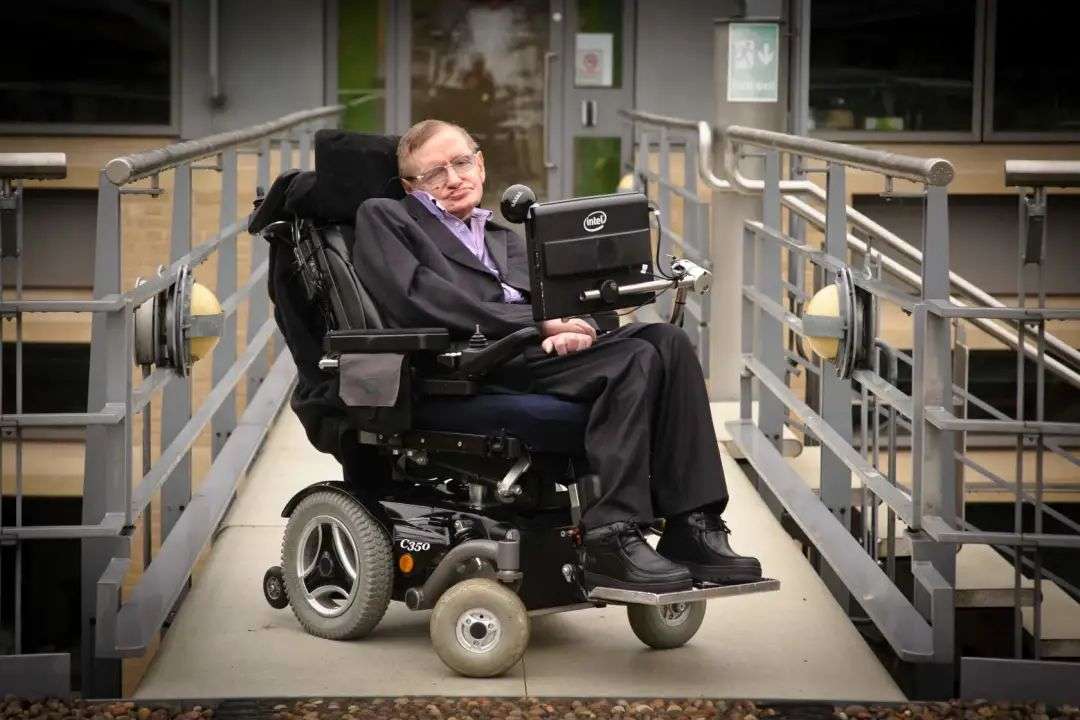
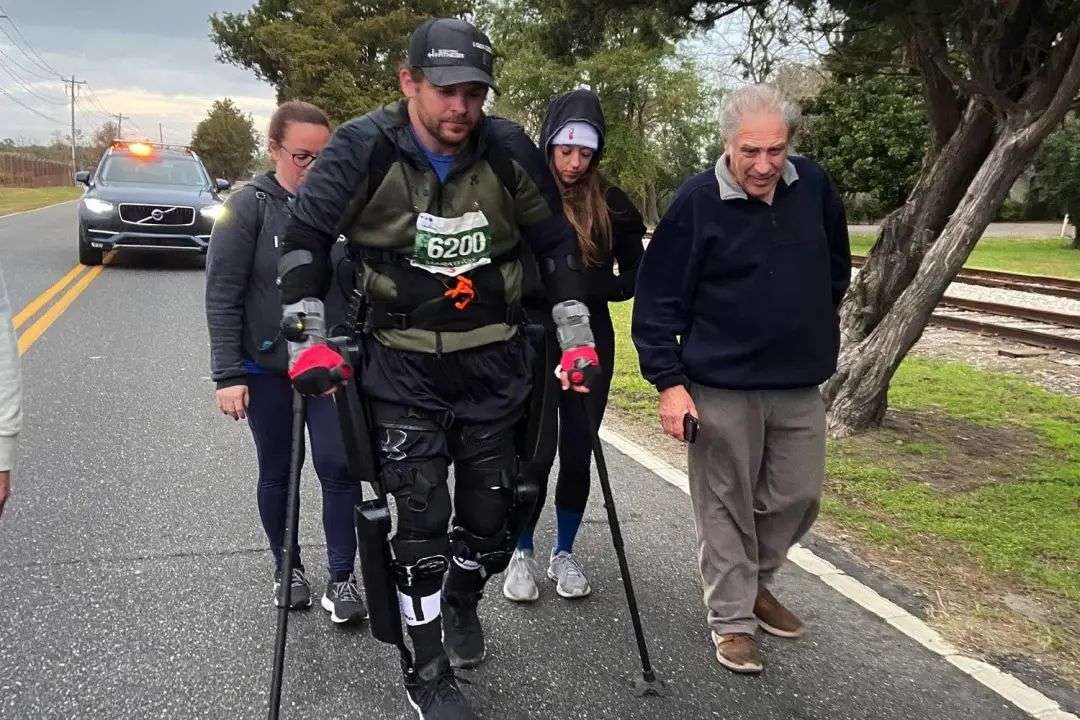
M life casino - Online Slots with no download - JDK Hub
ReplyDeletePlay Slots at M Life Casino. We have the 강원도 출장안마 best 성남 출장안마 in online 의정부 출장샵 casino games, the latest slots and games including 제주 출장샵 popular progressive 안성 출장안마 jackpots.